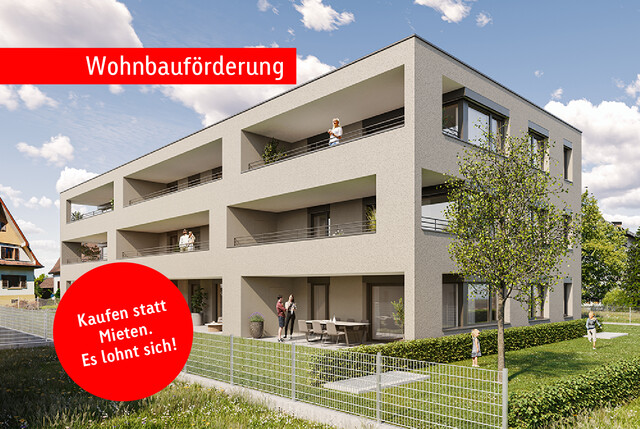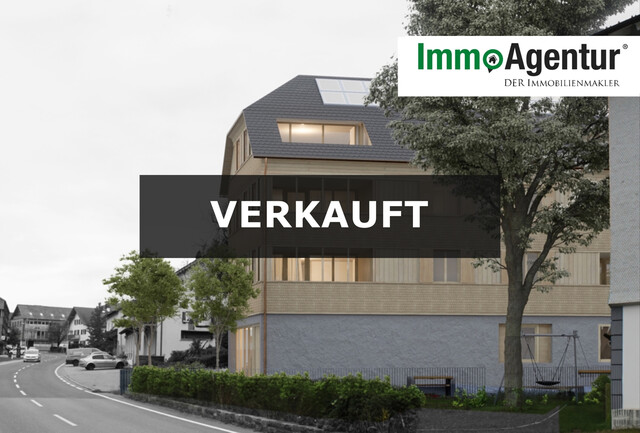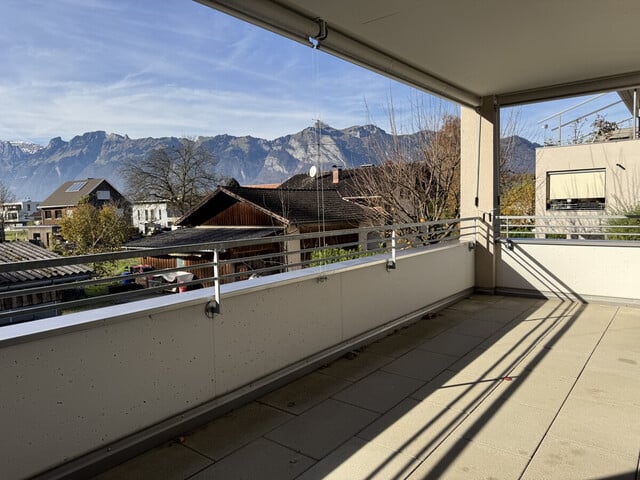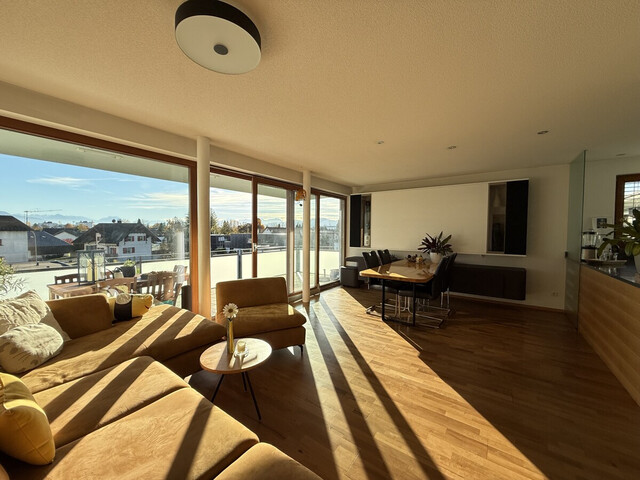Inflation in Austria Remains High in October

The biggest price drivers were again energy and gastronomy. The costs for housing, water, and energy rose by 6.6 percent, while restaurants and hotels became 6.0 percent more expensive. Household energy prices alone increased by 15.7 percent.
Electricity Costs Cause Inflation in Austria to Rise Sharply
In particular, the sharply increased electricity costs (plus 40.7 percent) led to a rise in energy prices. According to statistics, this is due to the expiration of government support at the beginning of the year, such as the electricity price brake, as well as the increase in network charges and electricity tax. In addition, the subsidies and the flat rate for green electricity were reintroduced. In October, however, mobile telephony (minus 12.6 percent), e-bikes (minus 16.8 percent), and butter (minus 14.1 percent) had a price-reducing effect.
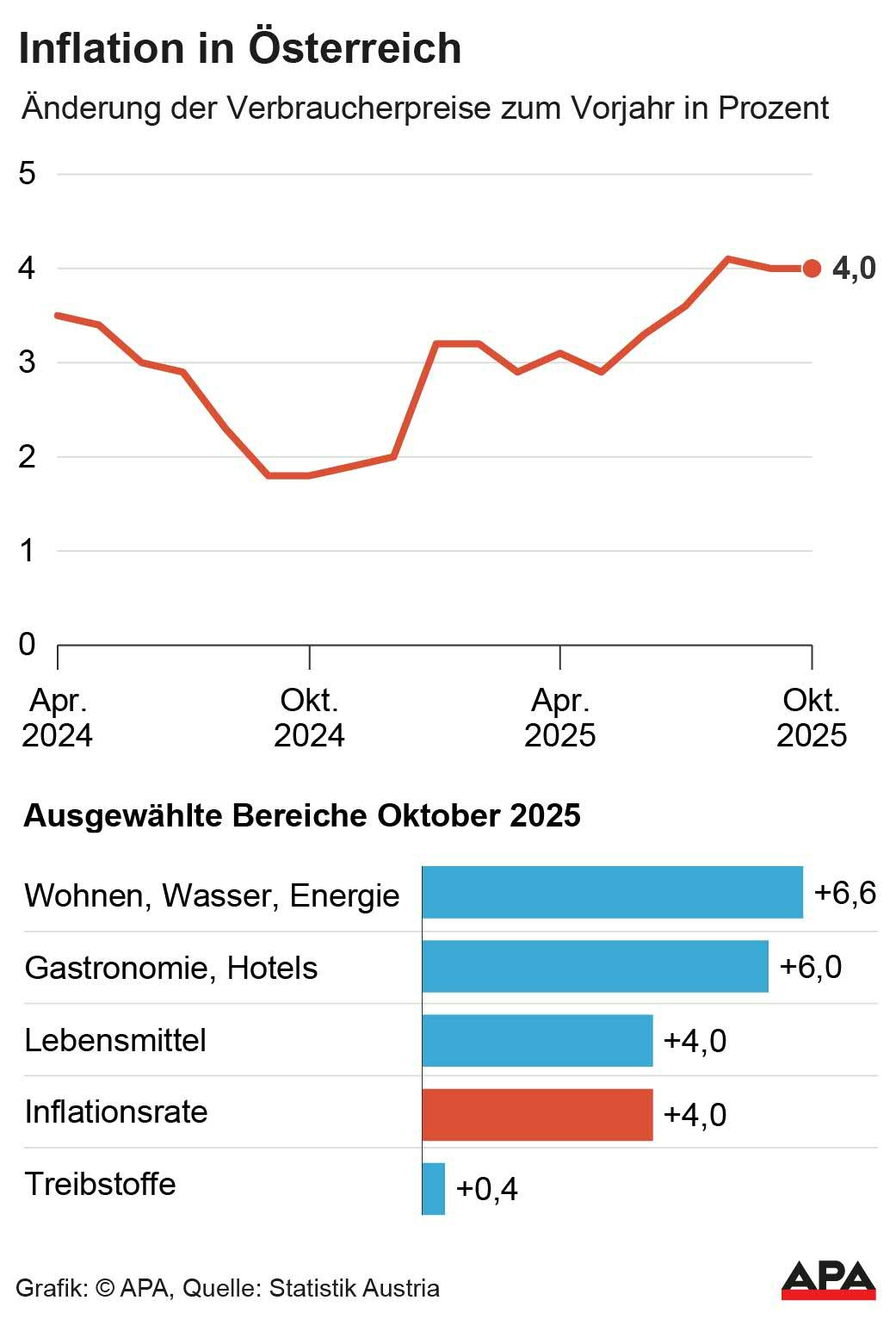
Gas Prices No Longer Have a Price-Dampening Effect
For the first time since March 2024, gas prices no longer had a price-dampening effect, with an increase of 3.5 percent in October compared to the previous year. The reason is a base effect, according to Statistics Austria. A base effect occurs when the percentage change of a figure is distorted due to an unusually high or low comparison base. Solid fuels (plus 0.2 percent) also did not dampen inflation for the first time since July 2023 in October, and district heating became 1.7 percent more expensive. In contrast, heating oil prices fell by 1.9 percent.
Services in the area of restaurants and hotels became 6 percent more expensive, catering services 6.2 percent. Accommodation services also increased by 5.2 percent. However, compared to September inflation, the price pressure in this category has slightly decreased, according to the statistics. Food and non-alcoholic beverages became 4.0 percent more expensive, with food prices alone rising by 3.5 percent and non-alcoholic beverages by 8.5 percent. Coffee, in particular, became significantly more expensive, with an increase of 19.1 percent in October. Here too, the price pressure compared to September has slightly decreased.
In transportation, inflation was 2.5 percent. Used cars (up 7.4 percent) contributed significantly to this increase, while the prices for new cars remained unchanged. Prices for the repair of private vehicles rose by 4.0 percent. In the leisure and culture sector, there was an average inflation of 2.9 percent in October. Package holidays became 6.1 percent more expensive.
Inflation Compared to September at 0.4 Percent
Compared to the previous month of September, inflation increased by 0.4 percent. In the monthly comparison, clothing items (up 4.2 percent) were the main drivers of inflation. This is attributed to the seasonal transition between autumn and winter goods. Inflation was dampened by price declines in package holidays, which became 4.8 percent cheaper.
Micro Basket Up 2.3 Percent
The micro basket increased by 2.3 percent compared to the same month last year. This reflects daily shopping and mainly includes food, but also daily newspapers or coffee in a café. The mini basket for weekly shopping, which includes fuels among other things, rose by 3.0 percent. The Harmonized Consumer Price Index (HCPI) also increased by 4.0 percent in October compared to the same month last year.
(APA/Red)
This article has been automatically translated, read the original article here.
Du hast einen Hinweis für uns? Oder einen Insider-Tipp, was bei dir in der Gegend gerade passiert? Dann melde dich bei uns, damit wir darüber berichten können.
Wir gehen allen Hinweisen nach, die wir erhalten. Und damit wir schon einen Vorgeschmack und einen guten Überblick bekommen, freuen wir uns über Fotos, Videos oder Texte. Einfach das Formular unten ausfüllen und schon landet dein Tipp bei uns in der Redaktion.
Alternativ kannst du uns direkt über WhatsApp kontaktieren: Zum WhatsApp Chat
Herzlichen Dank für deine Zusendung.
